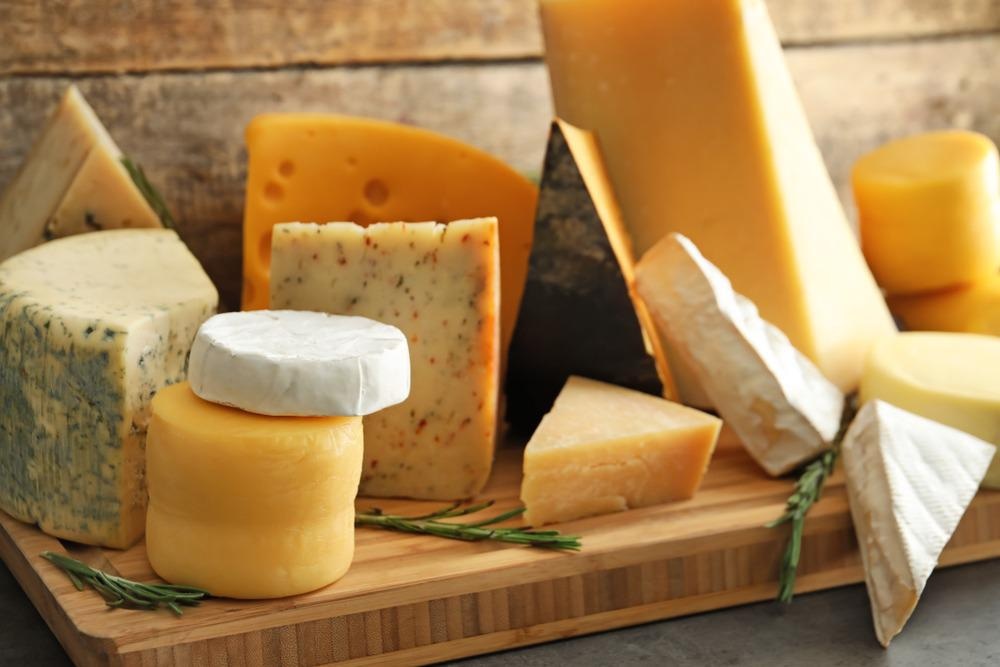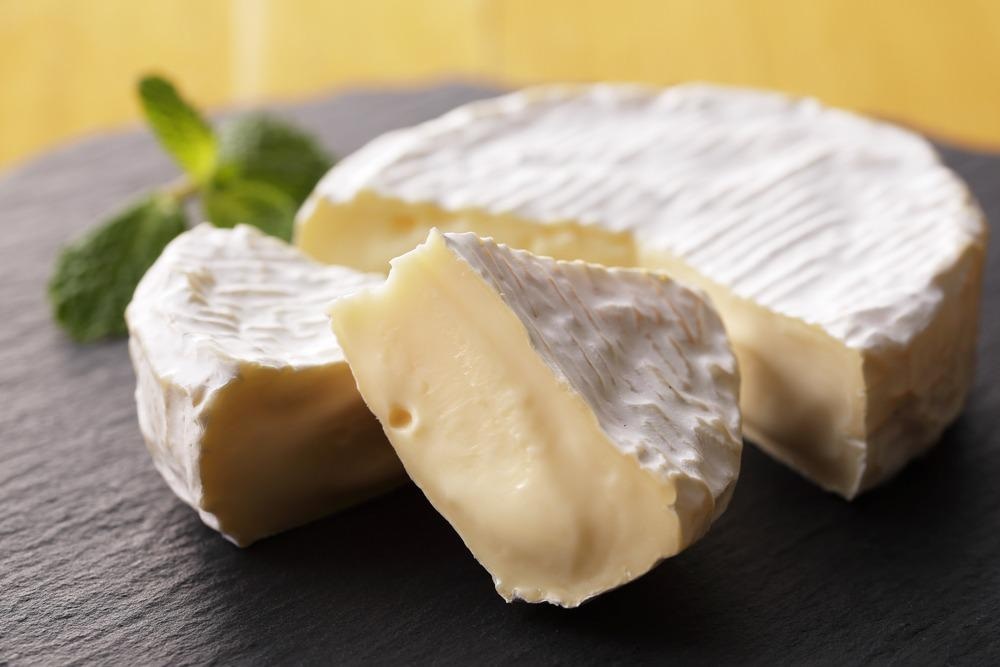Microbes are responsible for the unique texture and flavors of different cheeses. Friendly bacteria, yeasts, and molds all contribute to the character of cheese and, as recent evidence shows, contribute to our health. Here, we discuss the variety of microbes that play a role in cheese flavor and texture, as well as briefly cover how these microorganisms influence our wellbeing.

Image Credit: Africa Studio/Shutterstock.com
Microbes for flavor and texture
Some cheesemakers, especially large-scale producers, add strains of bacteria to milk to turn it into cheese. They take this approach because modern farming methods, such as pasteurization or techniques that use chemicals, remove the milk's microbial content needed for the cheese-making process. This approach is seen as efficient, cheap, and successful at producing consistent flavor profiles, allowing milk to be pooled from different sources.
Traditionally, cheese relied on the naturally occurring cultures of microbes present in the milk. Today, this process is used by small-batch dairy producers who also use science to advance the method to make cheese tastier and safer.
Rather than stripping the milk of its microbial content, every effort is made to retain as diverse a microbial population as possible. This requires a holistic approach that incorporates a variety of efforts that maximize microbial health and diversity at every step. The farmers optimize the environment to encourage microbes, from the feed given to the animals to the housing they are kept in. The flavors produced in this manner are unique and cannot be reproduced by the factory process. Additionally, this farming method for microbes can increase the safety of the cheese.
Naturally, humans live alongside thriving microbial populations, and competitions between the thousands of species help to prevent harmful invaders from prevailing. Stripping cheese of its entire microbial population removes its natural defenses against pathogenic bacteria.
Types of microbes that are helpful in cheese making
Lactic acid bacteria are one of the most essential microbes for cheese making. It is responsible for converting lactose into lactic acid, which lowers the pH of the cheese and prevents harmful bacteria from propagating on the cheese (such as those that cause spoilage). In large-scale cheese-making processes that first strip and then add bacteria, lactic acid bacteria are referred to as "starter cultures."
A variety of other microbes are added for flavor and texture; these are known as adjuncts. Lactobacillus is a type of adjunct added to cheese to give it a sweet flavor and promote the crystallization common to many Italian, Dutch, and Swiss-style cheeses, with Italian parmesan being a famous example of a cheese with tyrosine crystals.
Swiss cheese has definitive eye holes that pierce the structure of the cheese. These are created by the Propionibacterium freudenreichii ssp. shermanii species. It converts lactic acid into carbon dioxide, propionic acid, and acetic acid, resulting in holes as carbon dioxide forces its way out of the cheese. This bacterium also helps the flavors of Swiss cheese.
White mold is prevalent in cheese; Camembert and Brie are perhaps the most popular cheeses covered in this type of microbe. Penicillium camemberti is the bacterium responsible for this mold in Camembert and Brie, and it also helps to create some of the cheeses' smells, flavors, and textures.
Unsurprisingly, blue cheese relies on varieties of blue molds, such as Penicillium roqueforti and Penicillium glaucum. The pigments in these bacteria are responsible for the blue veiny appearance of blue cheese as well as its taste and texture.
Bacteria such as Lactobacillus casei ssp. casei, Lactobacillus Plantarum, are those that grow naturally within the cheese. In large-scale processes, these are referred to as Non-Starter Lactic Acid Bacteria (NSLAB), as they are the only ones that are not artificially added in. Cheese produced using a "farming for microbes" approach will often have a wide variety of bacteria that occur naturally as the milk used to create it was not stripped of its naturally occurring microbial population.

Image Credit: Nishihama/Shutterstock.com
Microbes, cheese, and gut health
Recent evidence has shown that eating cheese can modify gut bacteria. Over the last decade, more studies have emerged with interesting results demonstrating previously unknown roles of the gut microbiota. Research has linked the gut's microbial population to potential resistance to physical and mental health.
One study, in particular, looked at the microbiota of those who ate diets rich in cheese and those who did not but consumed the same calories and fat. The study found that the gut bacteria of those who ate a lot of cheese differed from those who did not. The scientists also observed that changes in the gut microbiota were linked with a decrease in the production of TMAO, a metabolite of choline, which other studies have shown is important in transporting cholesterol to the arteries.
Sources:
- Bronwen and Frances Percival. (2019). Microbes in cheese: the bacteria that bring unique flavours and texture. [Online]. Science Focus. Available at: www.sciencefocus.com/nature/the-microbes-that-maketh-the-cheese/ Last accessed January 2022
- Lee, K., Luong, M., Shaw, H., Nathan, P., Bataille, V. and Spector, T., 2021. The gut microbiome: what the oncologist ought to know. British Journal of Cancer, 125(9), pp.1197-1209. https://www.nature.com/articles/s41416-021-01467-x
- Zheng, H., Yde, C., Clausen, M., Kristensen, M., Lorenzen, J., Astrup, A. and Bertram, H., 2015. Metabolomics Investigation To Shed Light on Cheese as a Possible Piece in the French Paradox Puzzle. Journal of Agricultural and Food Chemistry, 63(10), pp.2830-2839. https://pubs.acs.org/doi/abs/10.1021/jf505878a
Further Reading
Last Updated: Oct 21, 2022